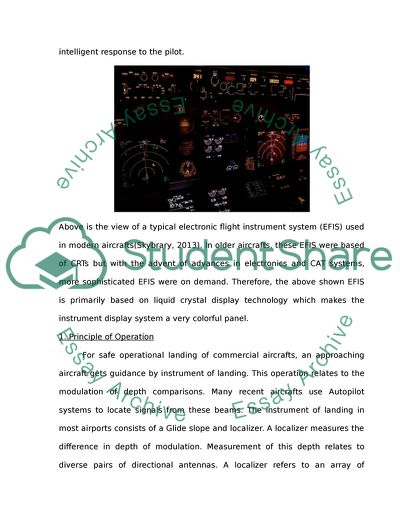Cite this document
(Aircraft Systems Essay Example | Topics and Well Written Essays - 3250 words, n.d.)
Aircraft Systems Essay Example | Topics and Well Written Essays - 3250 words. https://studentshare.org/engineering-and-construction/1814386-aircraft-systems
Aircraft Systems Essay Example | Topics and Well Written Essays - 3250 words. https://studentshare.org/engineering-and-construction/1814386-aircraft-systems
(Aircraft Systems Essay Example | Topics and Well Written Essays - 3250 Words)
Aircraft Systems Essay Example | Topics and Well Written Essays - 3250 Words. https://studentshare.org/engineering-and-construction/1814386-aircraft-systems.
Aircraft Systems Essay Example | Topics and Well Written Essays - 3250 Words. https://studentshare.org/engineering-and-construction/1814386-aircraft-systems.
“Aircraft Systems Essay Example | Topics and Well Written Essays - 3250 Words”. https://studentshare.org/engineering-and-construction/1814386-aircraft-systems.


